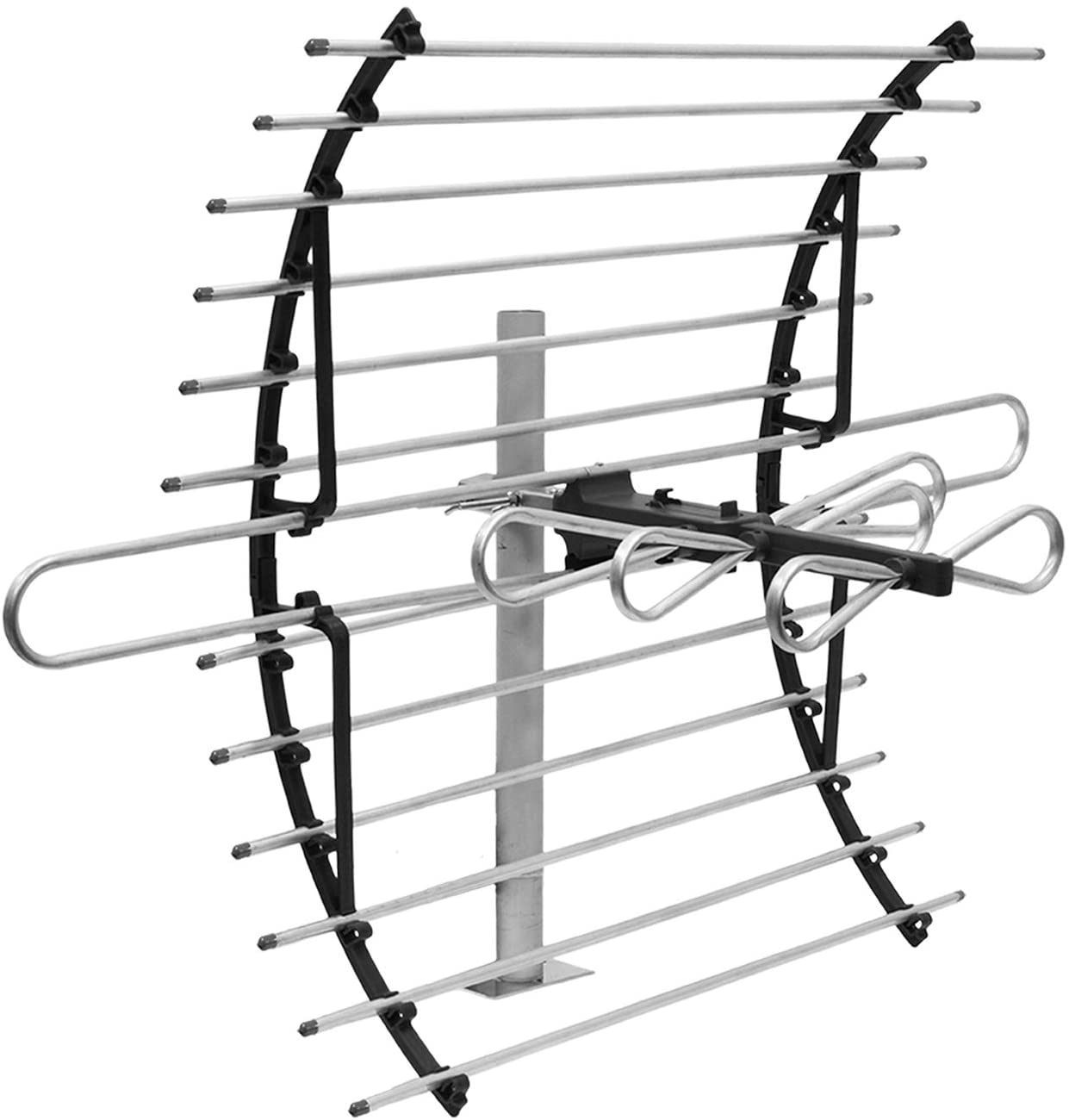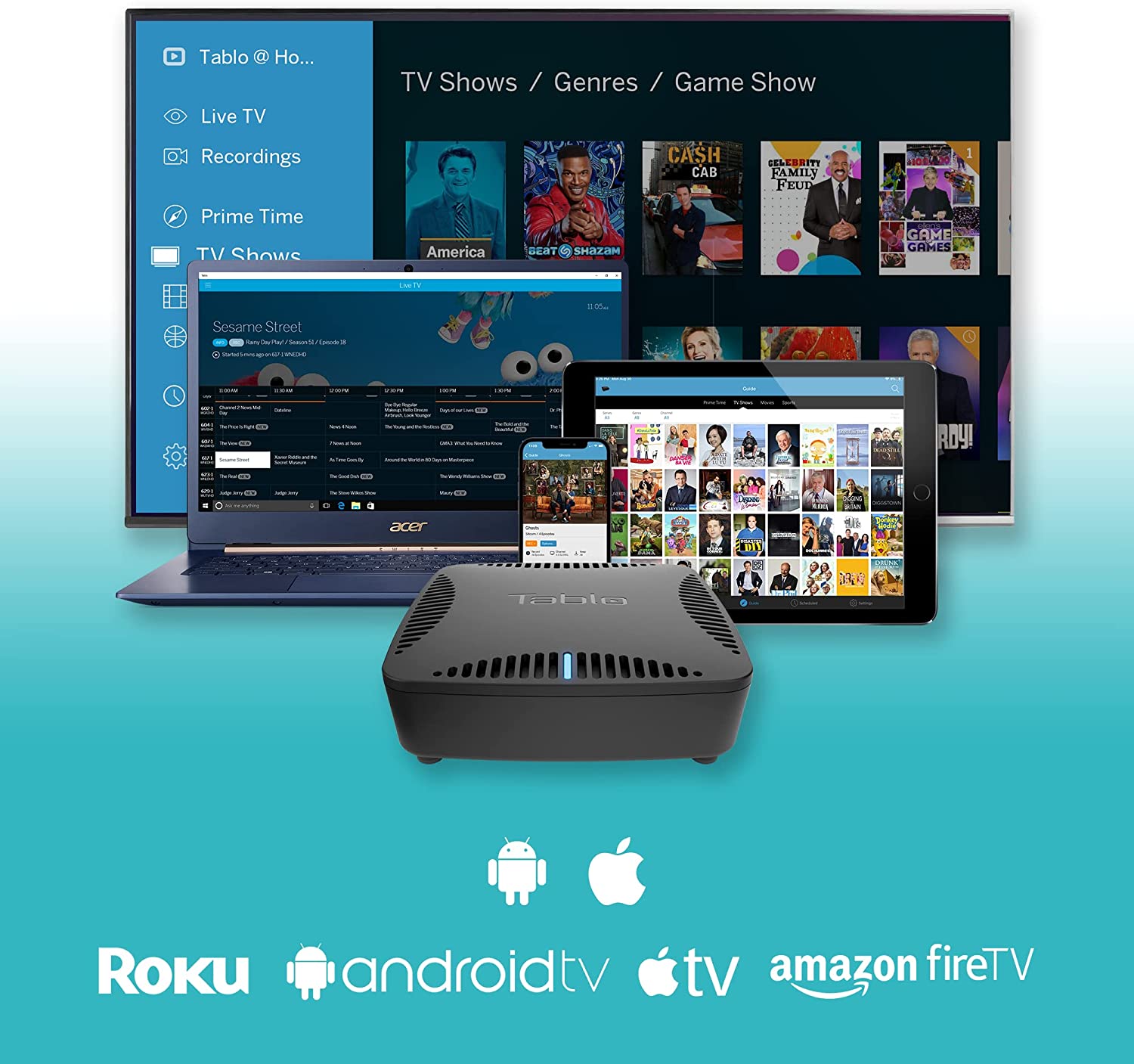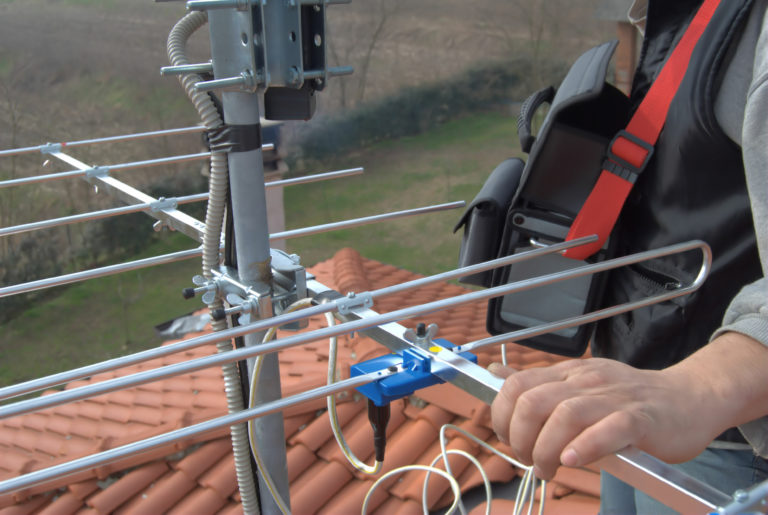If you love the idea of getting dozens of over-the-air TV channels for free but cringe at the thought of a big antenna sitting on your roof, the answer might be right over your head.
Installing your antenna in the attic is the next best option to setting one up outside, and the best part is that nobody will ever know it’s there. An attic antenna can give you virtually the same range of crystal-clear channels as one that’s fastened to the roof, provided you have it set up the correct way.
Attic antenna models are also often the same ones used for outdoor mounting, which is another plus for using this method. That means if your house already has an unsightly antenna set up on the roof, you could potentially take it down and reinstall it inside the attic. The only extra things that may be needed in that case are a mounting kit and enough space in the attic.
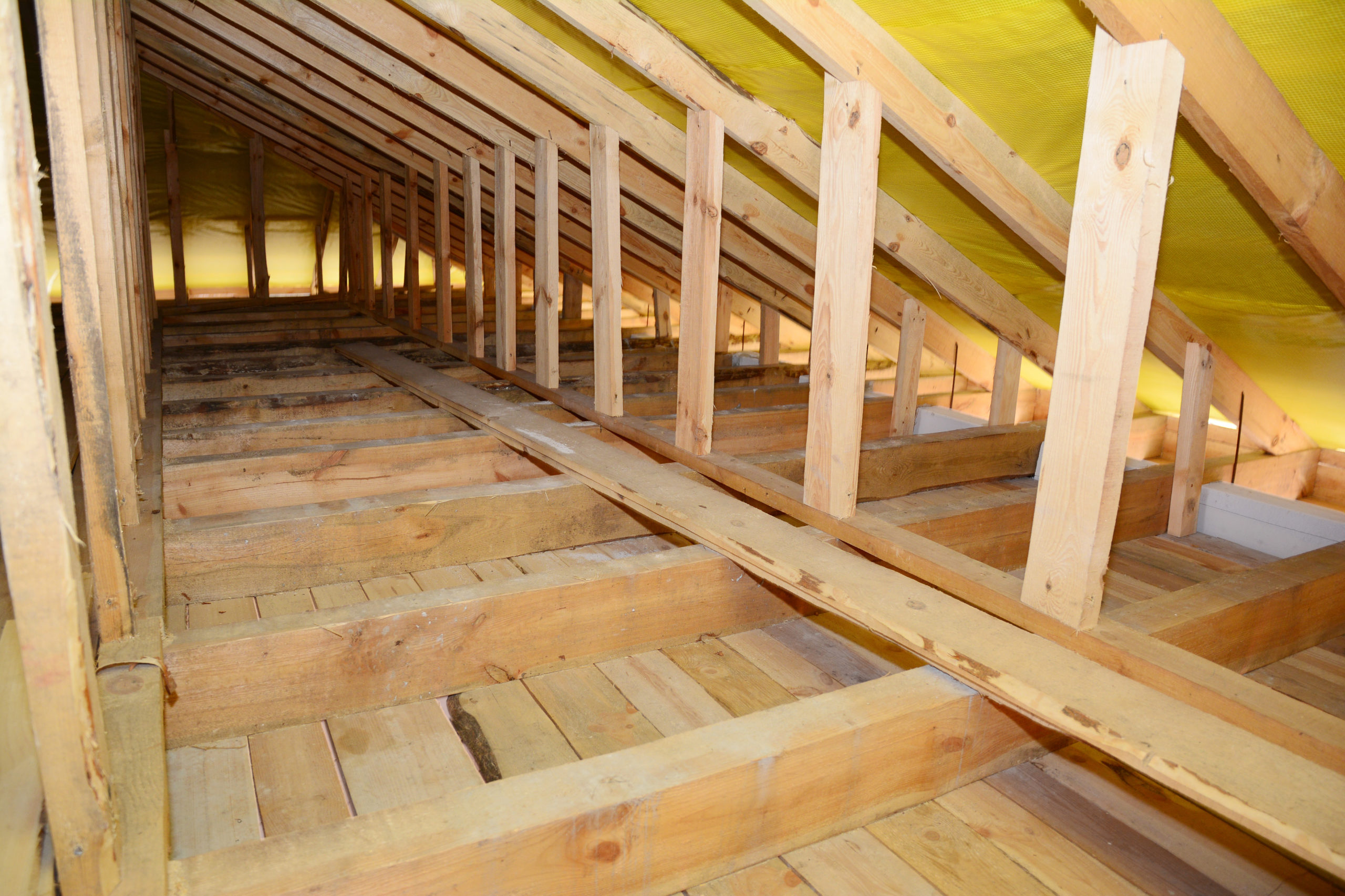
We mention space because size can definitely be an issue when it comes to setting up an attic antenna. These antennas are often much bigger than the attractive over-the-air antennas that sit neatly on your entertainment center or even the rabbit-ear antennas that you can hide behind your TV. The best antennas fit for attic installation can be up to 6 feet long at the top, 3 feet tall before a mounting pole is attached and can weigh at least 5 pounds before the necessary mounting equipment is even added.
Who Should Use An Attic Antenna?
Attic antennas are a great choice for anyone who has extra space in their attic and anyone who isn’t satisfied with the number of channels or the signal strength provided by their living room antenna. If you are really serious about totally cutting out your cable bill and aren’t interested in paying for internet-based TV services, a good attic antenna can greatly expand the number of free channels you can reliably watch.
Antenna Man, a popular YouTuber who gives tutorials on TV antenna installation, said in one video he had a client who picked up about 20 channels with a flat, living-room antenna and that they would regularly cut out. When he switched to an attic antenna, the man’s channel list immediately swelled to 60.
The number of over-the-air channels available in your area will depend completely upon where you live, with homes in rural areas typically getting fewer than those in urban or suburban areas. Regardless of where you live, an attic antenna will always pick up better reception than one placed in your living room.

Potential Obstacles To An Attic Antenna
What makes outdoor antennas work so well is the combination of the height at which they are mounted, typically on the roof, and the lack of materials blocking their signal. When you mount your antenna in the attic, you’re obviously getting nearly the same elevation as when it’s put on the roof but the building materials between the antenna and the open air can make for a slight issue.
If the materials between your attic antenna and the TV transmitters you are trying to pull from consist only of wood, vinyl siding and common roofing materials, you should have no issue getting strong signals, according to a Michigan-based business that specializes in TV antenna installation. Materials that can hinder your chances at peak performance from your attic antenna, however, include metal siding, foil-faced insulation, radiant barriers, brick or other masonry and tile roofing.
So, while that adobe-style roofing may add plenty of character to your home, this is one case where regular old asphalt shingles would be the better option.
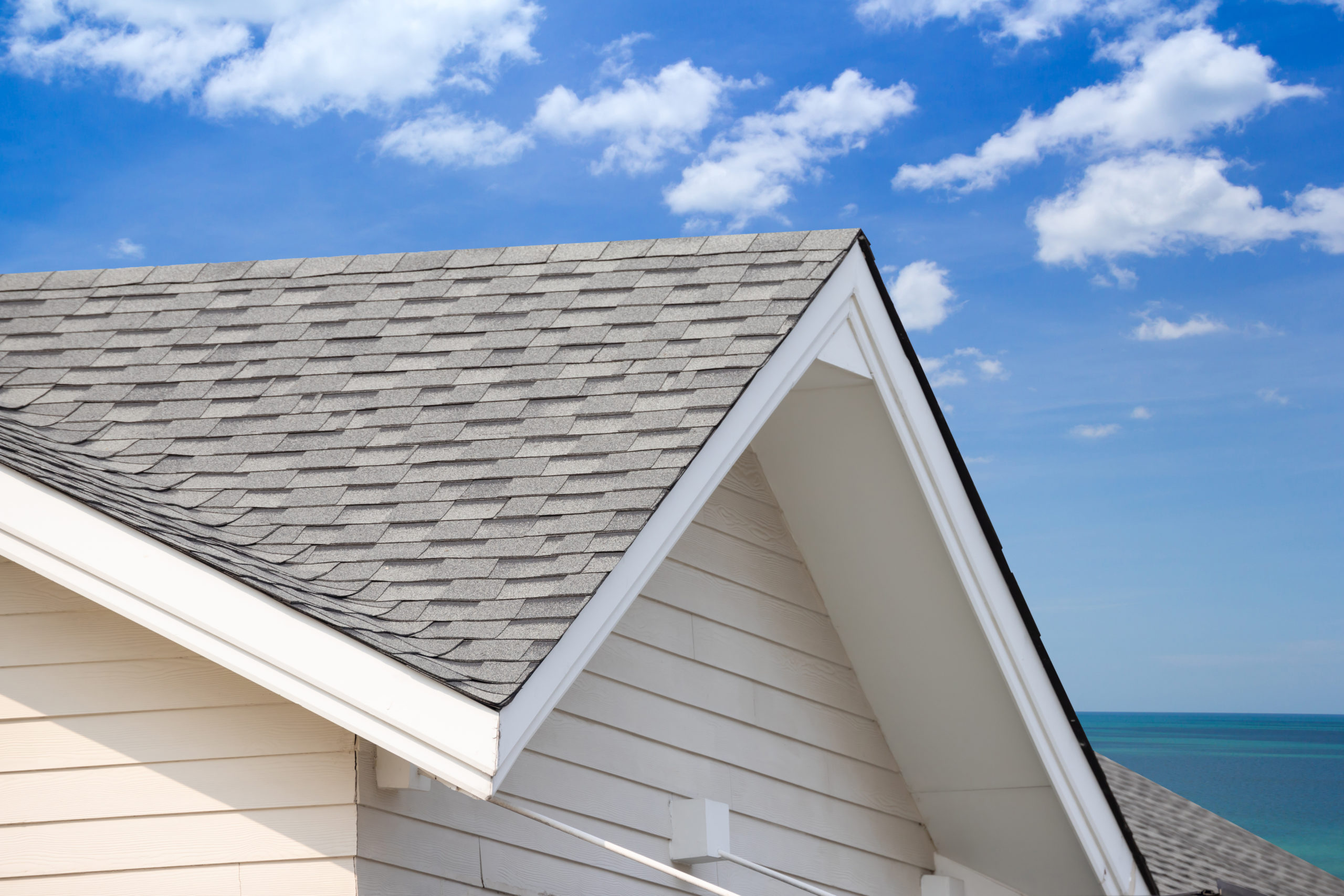
Other things that may get in the way of your attic antenna and pure, free TV bliss are your neighbors’ homes, trees, hills, tall buildings and other common obstructions. But even an outdoor antenna wouldn’t be able to avoid many of these, so it’s nothing to get too worked up over.
While an outdoor antenna is always going to give you the best performance, the difference in signal strength between it and an attic antenna isn’t normally too sizable. You can expect to get most channels at 85-90% signal strength with a good attic antenna, depending on the materials that may be blocking the airwaves. Extra equipment, such as an antenna amplifier, can also easily be added at a low cost and can help get those numbers to 100%.
How To Install An Attic Antenna
You know the old cliché about measuring twice, right? Well, that is an essential part of finding the right antenna for your attic. Many attics are cramped spaces, making it tough to get some of the more imposing antenna models up there in the first place.
Be sure you know how much space your antenna can take up with no extra obstructions in its way and know how the particular model you are eyeing needs to be mounted. This is almost always done using what’s called a J-mount, which is a type of pole you can find online for about $20 and securely install in your attic.
Once you’ve got your antenna, you’ll want to find the correct direction to aim it and place the unit accordingly. You don’t need to worry about positioning the antenna above where your TV sits because you’ll be able to use plenty of wire to get it connected; the most important thing to focus on when positioning an antenna is to give it the clearest path to your desired broadcast signals.
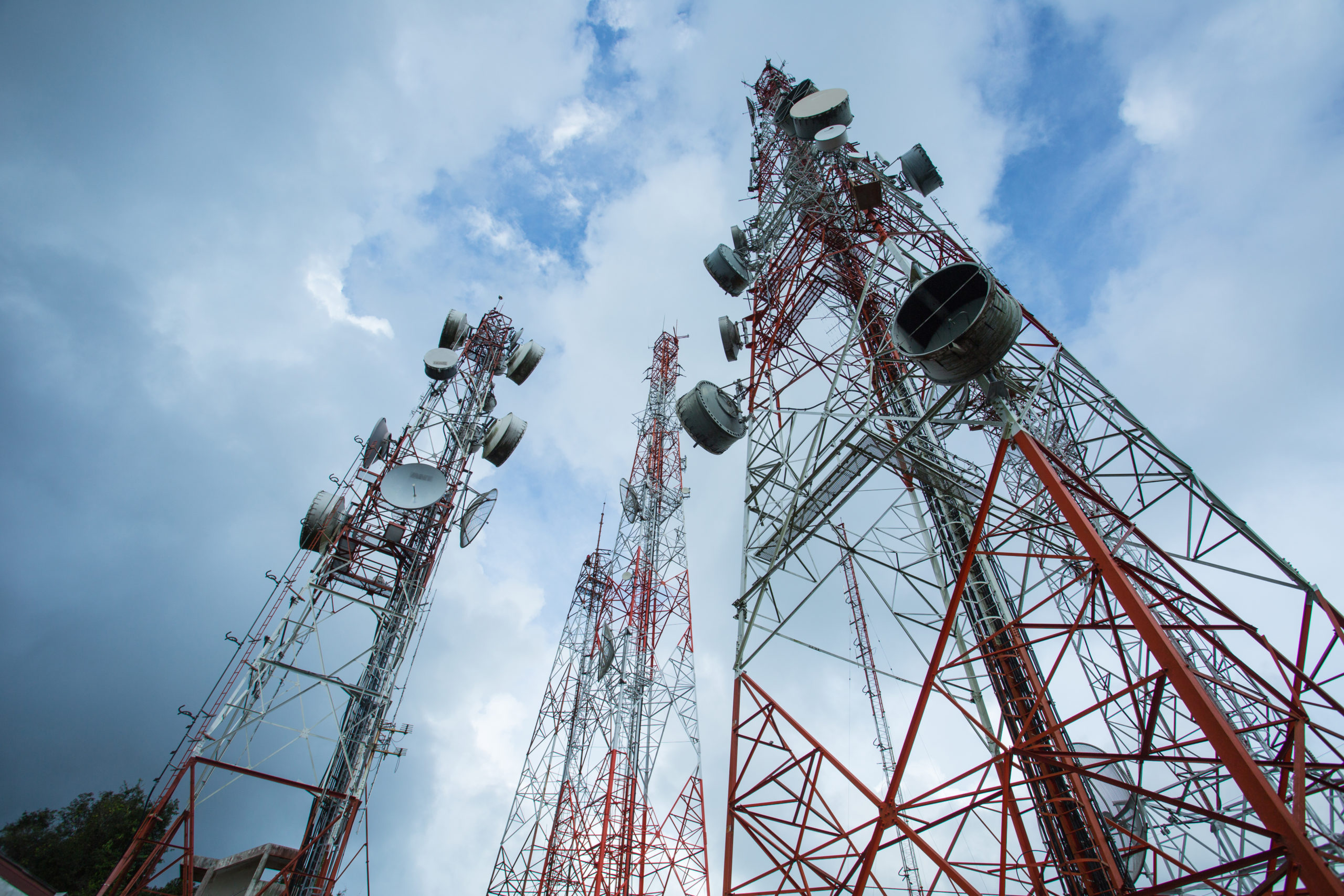
To figure out which direction to point your attic antenna, Antennas Direct offers a handy map that lets you input your zip code and see where broadcast transmitters are within a 70-mile radius. You can also download free apps, like Antenna Point and Antenna Pointer, that will help you aim it in the optimal place.
One of the biggest tasks when it comes to using an attic antenna versus one placed near the TV is that you’ll need to run a cable from the attic down to the TV — or multiple TVs — you’ll be watching. This will likely mean drilling holes big enough for a coaxial cable to snake through in the ceiling and possibly another floor below and hiding the wire as it eventually runs down behind the TV.
People with wall-mounted TVs will have the easiest time with this since their set is already closer to the ceiling. But regardless of how your TV is set up, you may be able to run the cord behind your wall all the way down to its destination, hiding it fully.
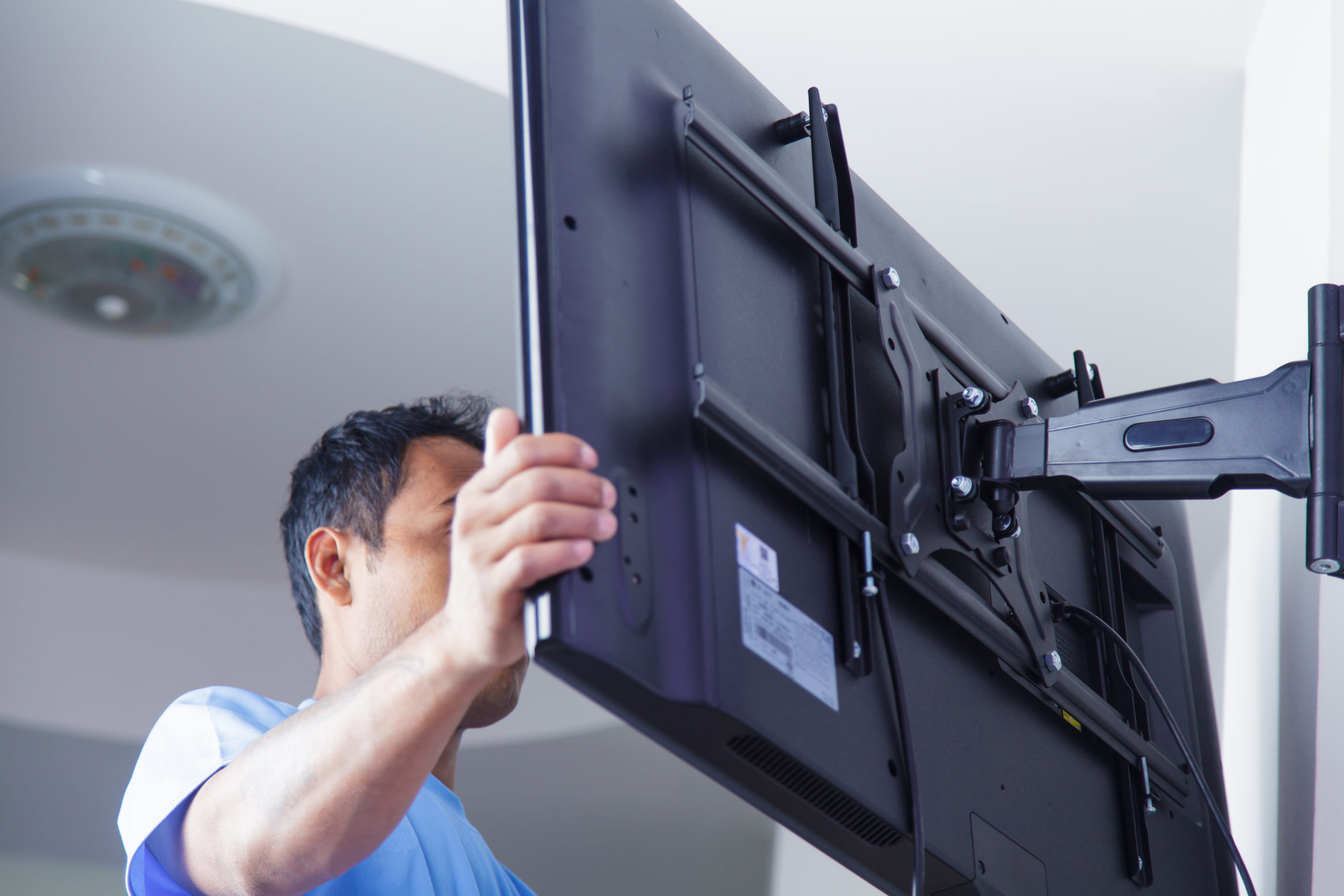
Top Attic Antenna Models
There are dozens of TV antennas on the market and plenty of choices when it comes to attic installation. The best ones for this type of installation will often be labeled as “outdoor antennas” but they work great in the attic. Based on the information from experts we read, a directional antenna (one that is pointed in a specific direction) is better than an omnidirectional antenna (one that pulls signals from all sides) but relies more on proper aiming on your part.
GE’s Attic-Mount Antenna was recommended by several experts and has stellar ratings from buyers at Amazon. It includes a mounting bracket and pole for a great price. It also says it can grab signals up to 60 miles away but is best for transmitters within 20 miles without an amplifier.
If you live in a rural area and are farther removed from your nearest broadcast signals, RCA’s Outdoor Yagi antenna is a great choice as it works over a 70-mile range. It boasts an easy installation and includes the mounting hardware.
But if you live in an area that has many broadcasters nearby and don’t want to hassle with precision aiming, you can opt for the omnidirectional ClearStream 2V antenna from Antennas Direct. It’s got great ratings and is even easier to set up than the directional options.
Whichever model you go with, follow the instructions for a smooth installation and enjoy picking up dozens of free channels with absolute clarity at a pretty low one-time cost.
Pair your antenna with an OTA DVR to record your favorite shows:
An OTA DVR device can record, pause, rewind and fast forward. Here are the products we recommend:
- Tablo DUAL 128GB Over-the-Air [OTA] DVR: Record up to 80 HD hours and stream up to two free broadcast channels from your HDTV antenna simultaneously.
- Tablo QUAD 1TB Over-the-Air [OTA] DVR: Record up to 700 hours and stream up to four free broadcast channels from their over-the-air HDTV antenna simultaneously.
If you have an external hard drive sitting at home collecting dust, consider these options as cheaper alternatives. Simply connect your antenna and portable hard drive to these Tablo DVR devices and you’re ready to go.
- Tablo DUAL Lite: Equipped with built-in Wifi, it lets you position the antenna and DVR for the best signal reception.
- Tablo QUAD: Record up to four OTA channels simultaneously. This model connects to your router rather than your TV, giving you the option to stream live TV to any device.
If you need to purchase a portable hard drive, we recommend USB-connected portable hard drives (USB 2.0 or 3.0, 1 TB to 8 TB in size). These are the ones we recommend: WD 1TB Elements Portable External Hard Drive and the WD 2TB Elements Portable External Hard Drive.

